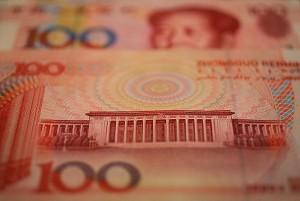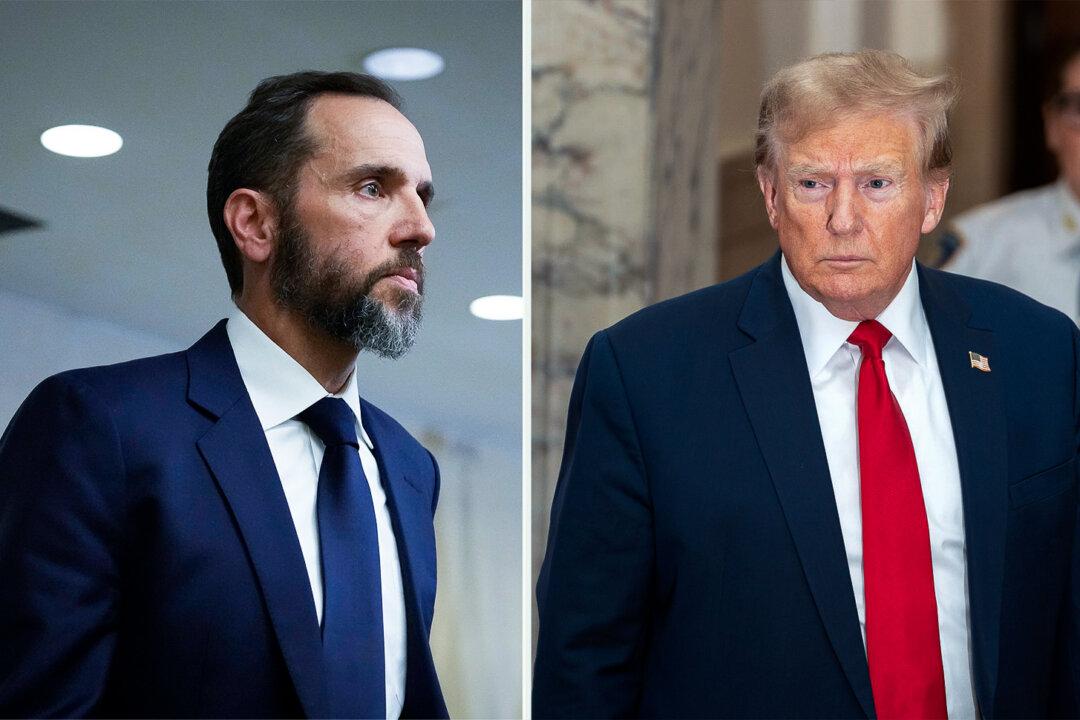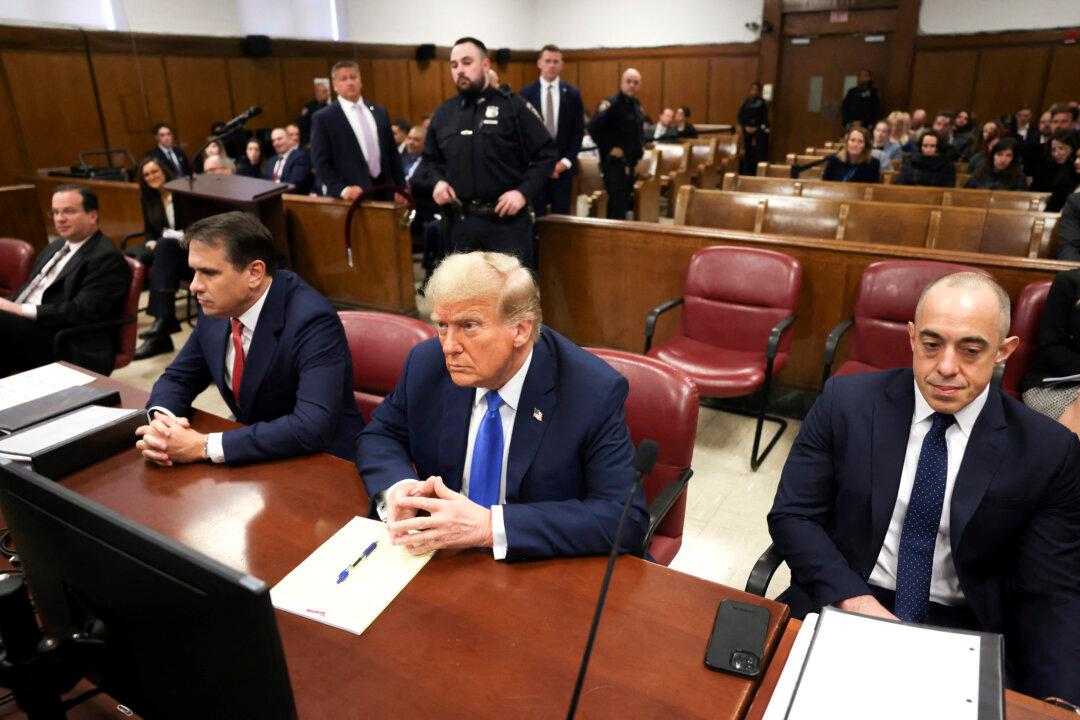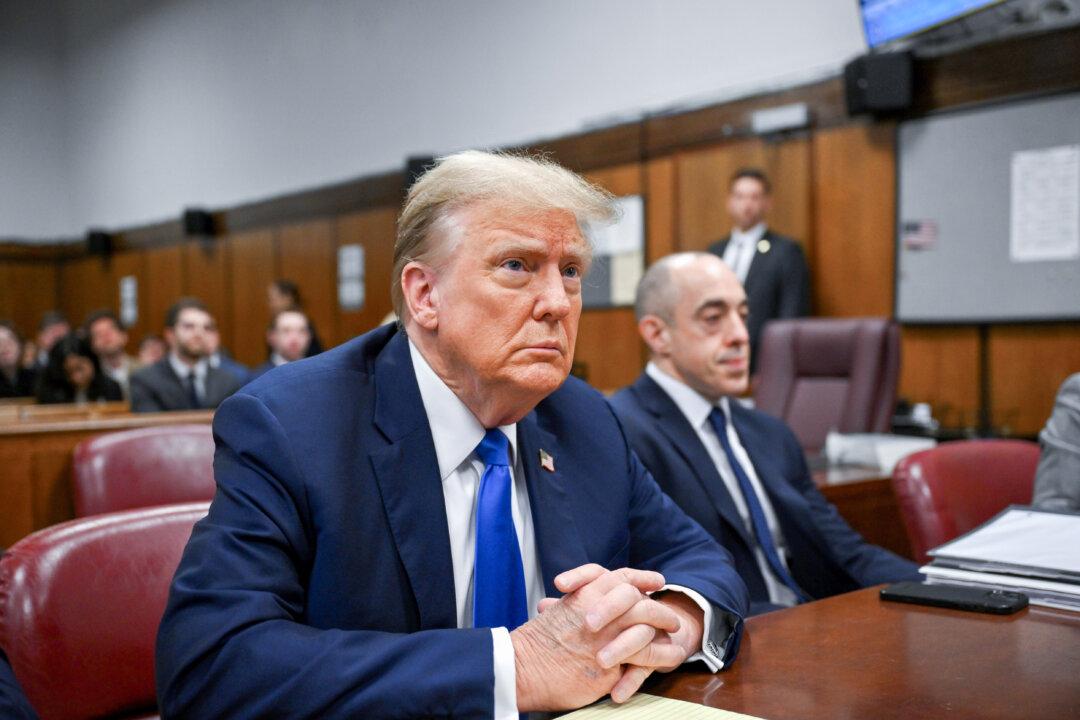During the current session of the Chinese Congress in Beijing, some CPPCC (Chinese People’s Political Consultative Conference) members submitted a proposal to disinfect the RMB regularly in China.
Currency is covered with bacteria as it passes through people’s hands. An investigation revealed that the Renminbi (RMB), the currency of Mainland China, is the dirtiest paper money in the world. Each bill contains as many as 180,000 bacteria and some smaller bills even contain as many as 37 million.
According to a report in the Guangzhou Daily , at the meeting of the CPPCC subcommittee of the cultural group on March 14, during the congressional session, a deputy from Guangdong Province, Luo Tianchan, brought up the issue of China’s currency becoming too dirty while in circulation and having an adverse effect on the image of the country.
This problem was echoed by other deputies. She said that because the weather in Guangzhou City is more humid, the situation is more severe than that in Beijing. The currency might spread large quantities of bacteria in Guangzhou.
Another deputy, Peng Linji, also quoted more data, which revealed that in the world’s most populated country, each piece of paper money contains as many as 180,000 bacteria, which undoubtedly makes it the dirtiest paper money in the world. The data also pointed out that a university in Turkey published the results of an investigation on cashiers, revealing that the rate of hepatitis infection among cashiers was six times higher than that of other groups of people.
Deputy Peng Linji suggested setting up currency disinfection systems to reduce cross infection and the spreading of bacteria from contact currency, thus reducing the possibility of people becoming infected by the bacteria from currency in circulation.
There were also previous media reports that revealed an experiment conducted by the Hong Kong City College Bacteria Research Center that among the six Asian countries -- Hong Kong, China, India, Pakistan, Cambodia, the Philippines and Korea –RMB currency contains the greatest amount of bacteria. There were as many as 178,000 bacteria cells on the Chinese RMB which is 160,000 more than the currency used in Hong Kong and Cambodia in second place.
It was reported that related departments in China collected nearly 5000 RMB bills from Shanghai, Chongqing, Guangzhou, Nanjing and Dalian. It was discovered that there were more than 10 strains of bacteria such as colon bacilluses, hepatitis B virus (HBV), streptococcus, mold, salmonella, etc. on the currency samples.
Some doctors claimed that colon bacilluses come from excrements. If people do not wash their hands after going to the toilet and then handle paper money, the money would become stained with the bacteria.





Friends Read Free